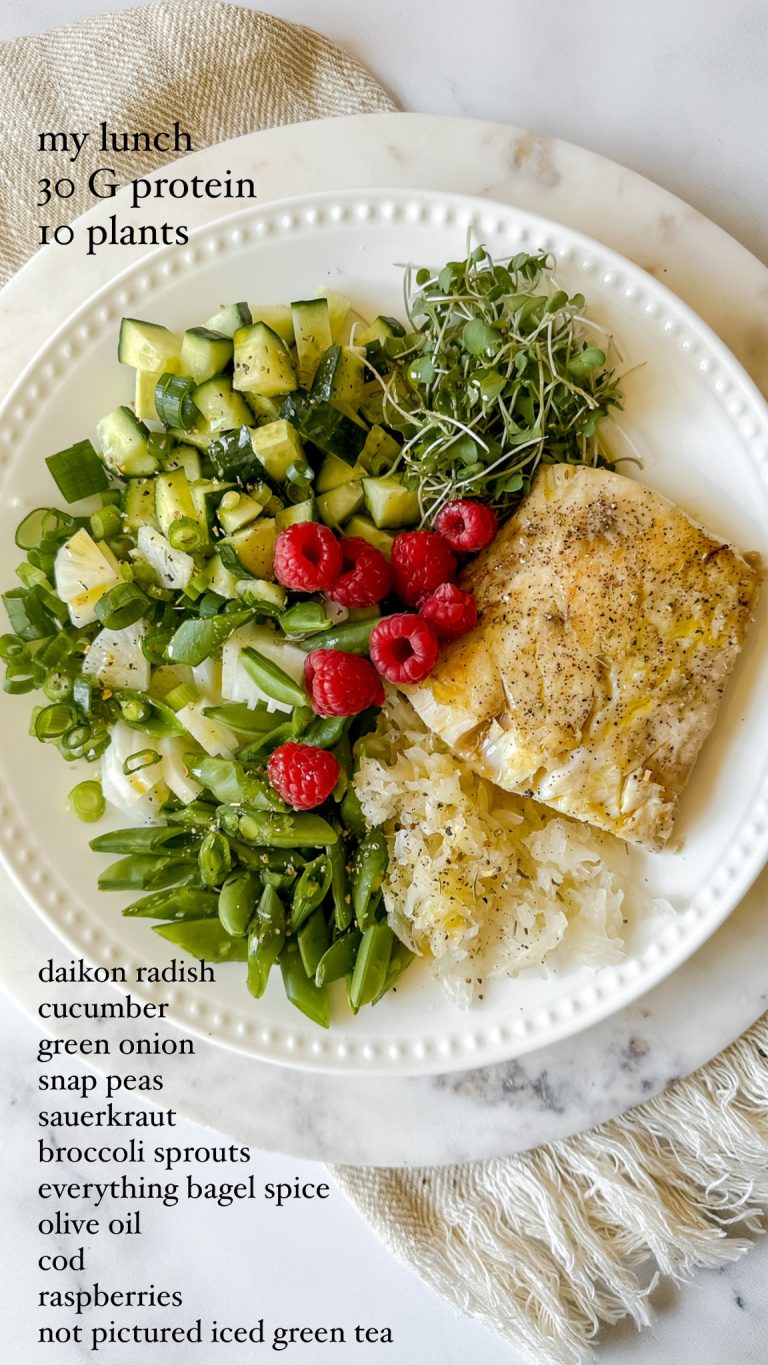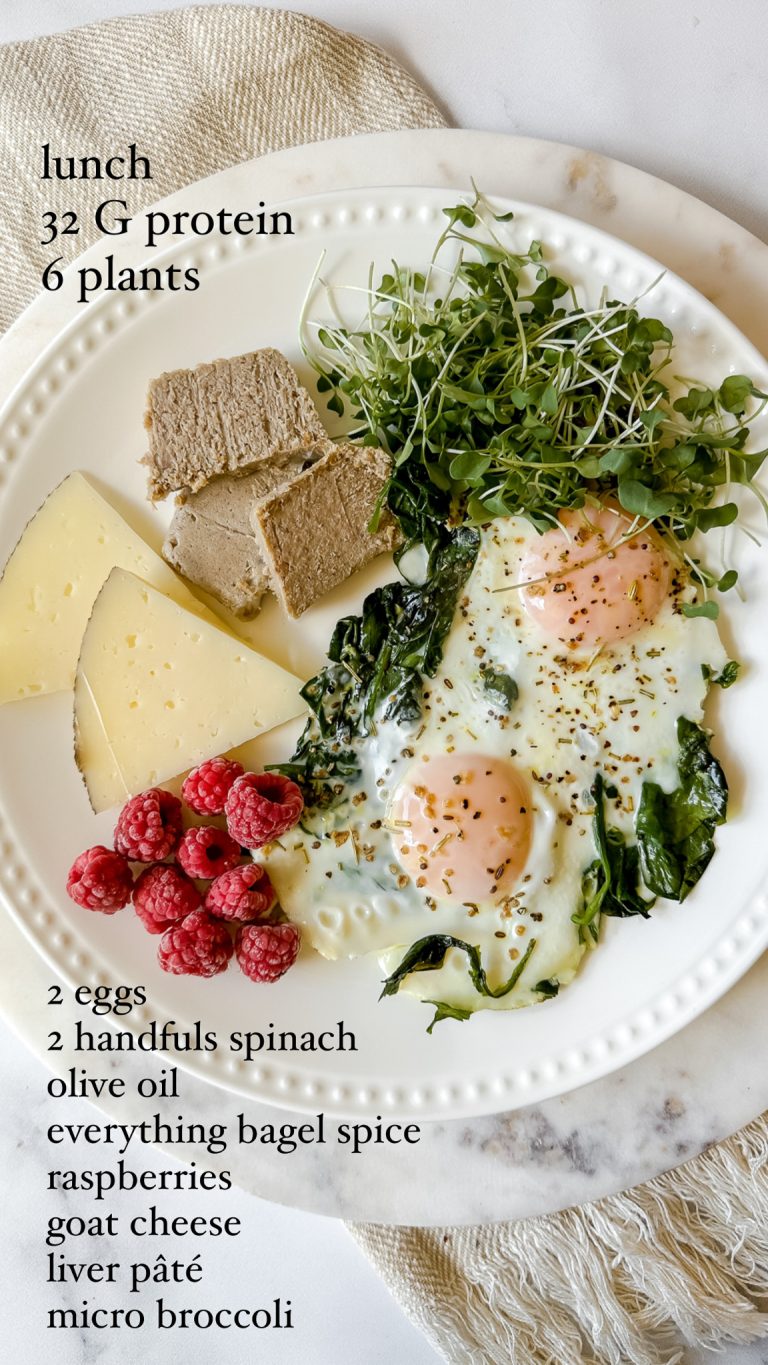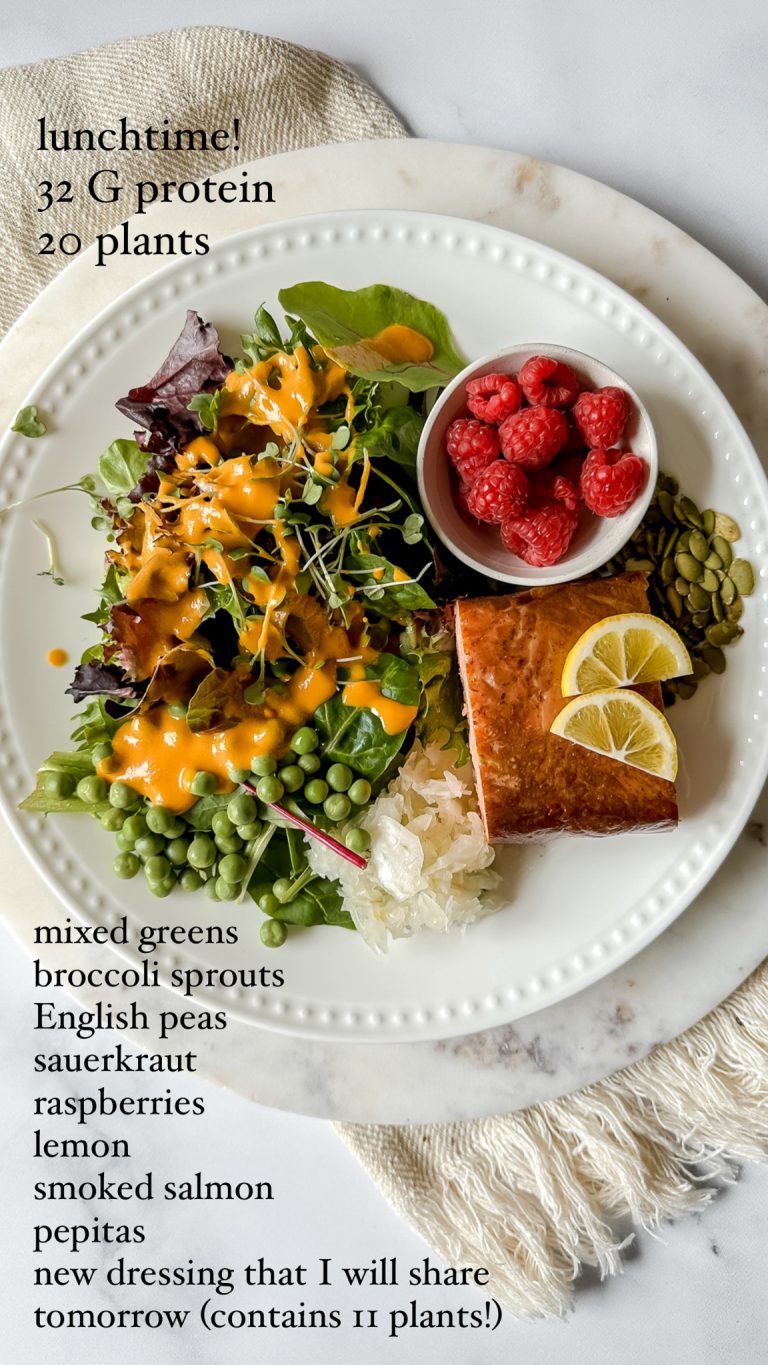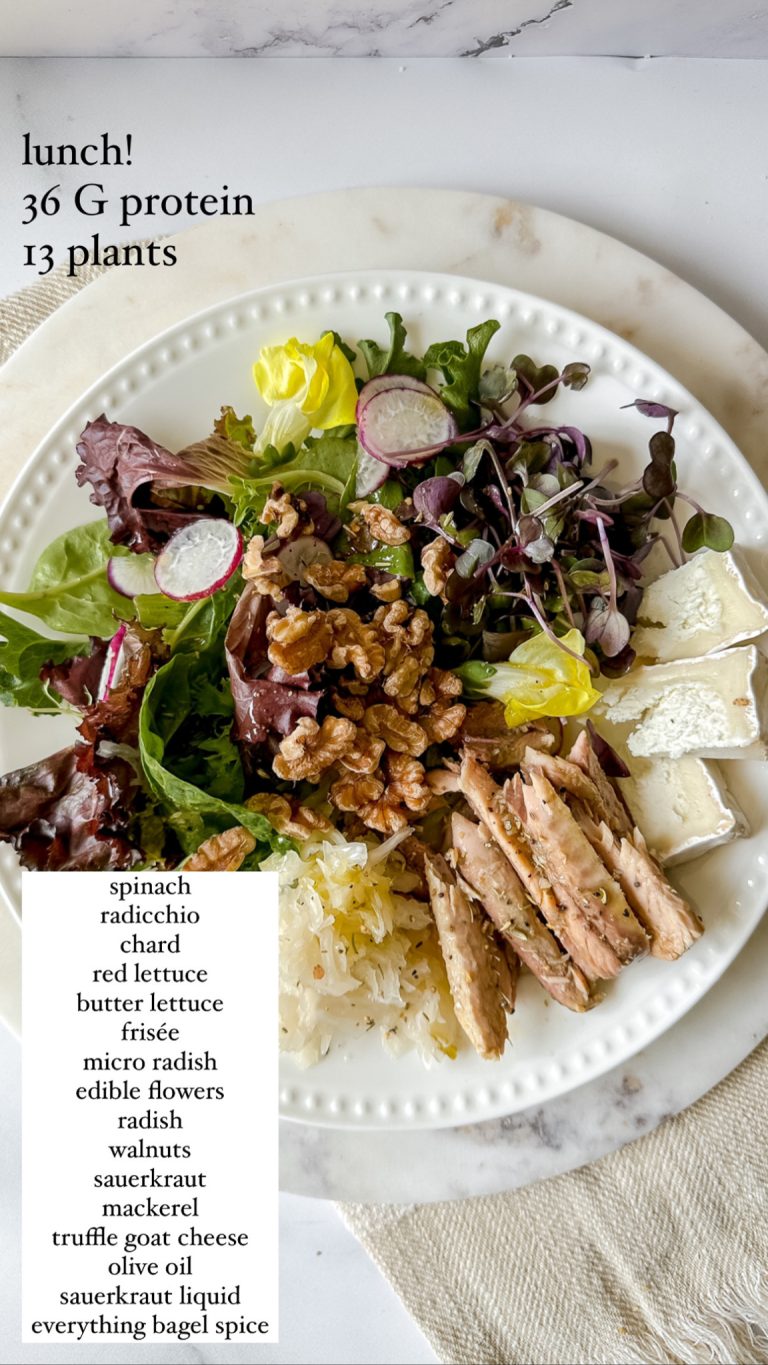Why Prioritizing Protein and Plants in Your Diet is Essential for Optimal Health and Well-Being
To build a healthy meal, you should focus on incorporating lean proteins such as regeneratively raised beef or lamb, pastured chicken, wild caught fish, tempeh or tofu alongside an array of colorful and nutrient-rich vegetables. This combination not only provides essential amino acids for muscle repair and growth but also ensures a variety of vitamins, minerals, and antioxidants to support overall well-being. Additionally, including complex carbs and healthy fats such as avocados or nuts can further enhance the nutritional value of your meal. By emphasizing these components in your diet, you can optimize your health and reduce the risk of chronic illnesses.
Maintaining a balanced diet that prioritizes protein and plants can provide numerous benefits to your overall health and well-being. Not only can it help with muscle growth and repair, but it can also aid in blood sugar control, keep you feeling fuller for longer, and lower the risk of chronic disease. In this blog post, we’ll explore the reasons why you should prioritize protein and plants in your diet and provide some guidelines to help you figure out how much protein you need.
The Importance of Protein
Protein is an essential nutrient that is vital for many bodily functions, including muscle growth and repair. It is also responsible for producing hormones, enzymes, and other molecules that are necessary for optimal health. Consuming adequate amounts of protein can help you maintain and build muscle mass, aid in blood sugar control, and keep you feeling fuller for longer periods of time. It can also promote weight loss and reduce the risk of chronic disease.
How Much Protein Do You Need?
The amount of protein you should consume can vary depending on a number of factors, including your age, sex, weight, physical activity level, and overall health goals. A general guideline is to consume 25-50 grams of protein per meal. If you are physically active, over age 50, or trying to lose weight or build muscle, you will need more protein. Our bodies cannot utilize more than 50 grams of protein per meal though so that should be the upper limit in one sitting. If you need more than 150 grams of protein in a day, it is best to add a high protein snack. I personally aim for 30 grams of protein at each meal for a daily total of 100 grams. My husband, Dr. B aims for 150 grams of protein per day and will occasionally add a high protein snack.
It’s also important to spread out your protein intake throughout the day rather than getting all of your protein in one meal. Aim for about 25-50 grams of protein per meal to support muscle protein synthesis. Choose high-quality protein sources such as pastured chicken, wild caught fish and seafood, beans and lentils, hemp hearts, nuts, tofu, pure whey, tempeh, natto, grass fed meats and full-fat dairy products.
I usually recommend that my clients consume .7-1.0 grams of protein per pound of ideal body weight. What does that look like? For a 160 pound person wanting to lose 10 pounds, we would multiply 150 by .7 and 1. The appropriate range of protein needed for this person would be 105-150 grams of protein per day, aiming for the higher amount if this person is over 50 or quite active. This article by Dr. Sara Gottfried explains her philosophy, which aligns with my own.
Check out this protein calculator to help you to determine how much protein you need. I would suggest aiming for the Centers for Disease Control and Prevention (CDC) upper limit recommendations for protein intake for optimal health, especially as we age.
Why Older Adults Need More Protein
As we age, our bodies undergo a number of changes that can impact our protein needs. Older adults may experience decreased muscle mass, a reduced ability to absorb protein, and an increased risk of illness and injury. Consuming more protein can help slow down the loss of muscle mass, ensure that enough protein is absorbed to support muscle maintenance and repair, and support immune function and tissue repair.

The Importance of Plants
Plants are nutrient-dense and rich in vitamins, minerals, and other beneficial nutrients. Prioritizing plants in your diet can ensure that you’re getting a wide variety of nutrients that are essential for good health. I encourage my clients to aim for at least 30 different plants each week. By plants, I mean: vegetables, fruit, fermented foods, nuts, seeds, herbs, and spices. Plants are also high in fiber, which is important for maintaining digestive health and can help lower cholesterol levels and reduce the risk of heart disease.
Studies have shown that people who consume more plants have a lower risk of chronic diseases such as heart disease, type 2 diabetes, and certain types of cancer. By prioritizing plants in your diet, you can lower your risk of chronic disease and maintain a healthy body weight.
The Role of Dietary Fiber in Building a Healthy Meal
Dietary fiber, especially from non-starchy vegetables, plays a pivotal role in reducing the risk of chronic diseases and keeping you satiated for longer periods. According to research highlighted during National Nutrition Week, incorporating a variety of non-starchy vegetables into your meals can significantly contribute to your overall health by providing essential vitamins, minerals, and fiber. This not only aids in digestion and prevents constipation but also helps in managing blood sugar levels and maintaining a healthy weight. By filling half of your plate with non-starchy vegetables, you ensure that your meals are nutrient-dense and aligned with your health goals.
Build a Healthy Meal
Prioritizing protein and plants in your diet can provide numerous benefits to your overall health and well-being. It can help you maintain a healthy body weight, support muscle growth and repair, and reduce your risk of chronic disease. Incorporating healthy fats into your diet is essential for brain function and overall health. Including dietary fiber in your meals can help you feel fuller for longer and support digestive health. Fermented foods help to feed our good gut bacteria and “research shows eating them may help prevent imbalances that have been linked with GI conditions, as well as health concerns such as diabetes and heart disease“. By making small changes to your diet, you can achieve optimal health and well-being.

30 Grams of Protein Can Look Different Depending on the Source:
-
- 4 ounces (113 grams) of cooked chicken breast contains approximately 30 grams of protein
-
- 4 ounces (113 grams) of cooked salmon contains approximately 25-30 grams of protein
-
- 1 cup (172 grams) of cooked lentils contains approximately 18 grams of protein, so you would need to consume around 1.5 cups to get 30 grams of protein
-
- 5 large eggs contain approximately 30 grams of protein
-
- 1 scoop (30 grams) of whey protein powder mixed with water contains approximately 25-30 grams of protein



